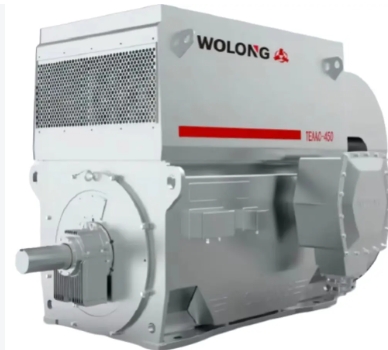Motor differential protection represents a fundamental safety mechanism, predominantly deployed in the context of medium and large motors operating within high-voltage grids. This protection scheme is of critical importance in ensuring the reliability and efficiency of motor operation, as it reflects the quality of the motor’s internal functions. By monitoring the operating current values at the beginning and end of the motor winding, differential protection can effectively detect any differences that may indicate a potential fault.
The principal rationale for the implementation of differential protection for large high-voltage and high energy efficiency motors is its capacity to facilitate expeditious and precise fault detection. High-voltage motors are frequently integral to industrial processes and power generation, and thus their uninterrupted operation is of paramount importance. The occurrence of an internal fault, such as a winding short circuit or insulation failure, has the potential to result in a catastrophic failure, which in turn could lead to significant costs in terms of downtime and extensive damage. The differential protection system is designed to continuously compare the current entering and leaving the motor. In the event that the discrepancy exceeds the pre-established threshold, the safeguarding apparatus is automatically triggered, thereby separating the motor from the power source and forestalling further deterioration.
Furthermore, the intricate design and substantial dimensions of these large motors necessitate the implementation of robust protection mechanisms. The operation of these motors under varying load conditions can complicate the process of fault detection. The efficacy of differential protection lies in its capacity to discern between normal operational alterations and genuine faults, thereby ensuring that only genuine issues prompt a protection response. This precision minimises superfluous interruptions and enhances the overall reliability of the system.
Compared with small and medium-sized motors or low voltage ac motor, high-voltage motors are expensive and have critical and special applications. Both the disposal of the motor body after a failure and other problems derived from the failure may be much more serious than we can imagine. For this reason, some special occasions used in high-voltage motors, differential protection devices will be used, the purpose of which is to timely and effective detection of problems and prevent further deterioration of the problem.
In case of that, the application of differential protection for large three-phase high-voltage induction motors is essential, not just a precautionary step; it is crucial for preserving operational stability and safety. Differential protection is instrumental in protecting motors and the broader electrical network by facilitating rapid fault identification and reducing the likelihood of a disastrous breakdown.
Post time: Oct-31-2024


